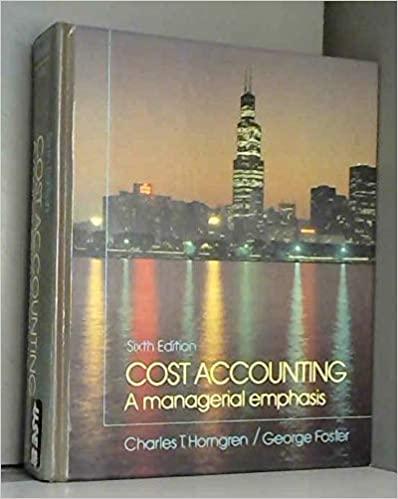Answered step by step
Verified Expert Solution
Question
1 Approved Answer
Ratio Analysis of Comparative Financial Statements A comparative income statement and balance sheet of Miller Electronics Corporation for the last two years are shown. Miller
Ratio Analysis of Comparative Financial Statements
A comparative income statement and balance sheet of Miller Electronics Corporation for the last two years are shown.
| Miller Electronics Corporation Comparative Income Statement For Years Ended December 31, 20-2 and 20-1 | ||||
|---|---|---|---|---|
| 20-2 | 20-1 | |||
| Net Sales (all on account) | $646,120 | $414,520 | ||
| Cost of goods sold | 384,590 | 253,000 | ||
| Gross profit | $261,530 | $161,520 | ||
| Administrative expenses | $63,249 | $41,647 | ||
| Selling expenses | 66,183 | 44,283 | ||
| Total operating expenses | $129,432 | $85,930 | ||
| Operating income | $132,098 | $75,590 | ||
| Interest expense | 1,316 | 1,222 | ||
| Income before income taxes | $130,782 | $74,368 | ||
| Income tax expense | 31,050 | 13,458 | ||
| Net income | $99,732 | $60,910 | ||
| Miller Electronics Corporation Comparative Balance Sheet December 31, 20-2 and 20-1 | ||||
|---|---|---|---|---|
| 20-2 | 20-1 | |||
| Assets | ||||
| Current assets: | ||||
| Cash | $43,567 | $22,744 | ||
| Receivables (net) | 73,682 | 47,650 | ||
| Merchandise inventory | 90,794 | 50,184 | ||
| Supplies and prepayments | 3,664 | 1,106 | ||
| Total current assets | $211,707 | $121,684 | ||
| Property, plant, and equipment: | ||||
| Office equipment (net) | $11,593 | $8,030 | ||
| Factory equipment (net) | 104,252 | 70,520 | ||
| Total property, plant, and equipment | 115,845 | $78,550 | ||
| Total assets | $327,552 | $200,234 | ||
| Liabilities | ||||
| Current liabilities | ||||
| Notes payable | $9,610 | $6,110 | ||
| Accounts payable | 43,722 | 30,280 | ||
| Accrued and withheld payroll taxes | 6,344 | 5,454 | ||
| Total current liabilities | $59,676 | $41,844 | ||
| Stockholders' Equity | ||||
| Common stock ($10 par) | $100,000 | $84,000 | ||
| Retained earnings | 167,876 | 74,390 | ||
| Total stockholders' equity | $267,876 | $158,390 | ||
| Total liabilities and stockholders' equity | $327,552 | $200,234 | ||
Required:
Calculate the following ratios and amounts for 20-1 and 20-2. Round all calculations to two decimal places.
| (a) | Return on assets (Total assets on January 1, 20-1, were $171,954.) |
| (b) | Return on common stockholders' equity (Total common stockholders' equity on January 1, 20-1, was $108,200.) |
| (c) | Earnings per share of common stock (The average numbers of shares outstanding were 8,400 shares in 20-1 and 9,200 in 20-2.) |
| (d) | Book value per share of common stock |
| (e) | Quick ratio |
| (f) | Current ratio |
| (g) | Working capital |
| (h) | Receivables turnover and average collection period (Net receivables on January 1, 20-1, were $38,610.) |
| (i) | Merchandise inventory turnover and average number of days to sell inventory (Merchandise inventory on January 1, 20-1, was $48,434.) |
| (j) | Debt-to-equity ratio |
| (k) | Asset turnover (Assets on January 1, 20-1, were $171,954.) |
| (l) | Times interest earned ratio |
| (m) | Profit margin ratio |
| (n) | Assets-to-equity ratio |
| (o) | Price-earnings ratio (The market price of the common stock was $100.00 and $85.00 on December 31, 20-2 and 20-1, respectively.) |
| d. Book value per share of common stock: | |
| 20-2 | ??? |
| 20-1 | 18.86 |
| I. Times interest earned ratio: | |
| 20-2 | ??? |
| 20-1 | ???? |
Step by Step Solution
There are 3 Steps involved in it
Step: 1

Get Instant Access to Expert-Tailored Solutions
See step-by-step solutions with expert insights and AI powered tools for academic success
Step: 2

Step: 3

Ace Your Homework with AI
Get the answers you need in no time with our AI-driven, step-by-step assistance
Get Started


